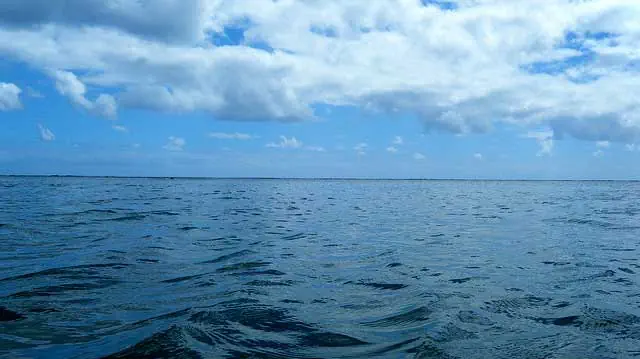
Source: Scientific American
A nonprofit group in Canada called the Oceaneos Marine Research Foundation is seeking approval to engage a practice called “ocean seeding,” where iron is inserted into the ocean as an effort to revive ecosystems that are “missing nutrients.”
The organization seeks to insert up to 10 tonnes of iron particles into the ocean to stimulate growth of phytoplankton, which are key in oceans, seas and the existence of marine life.
“We can restore plankton by adding missing nutrients like iron to depleted areas in the open ocean. This can turn a declining ocean environment back into a teeming web of marine life,” the nonprofit group maintains on their website.
Marine scientists have expressed concerns, however, that the nonprofit group could potentially have for-profit motives, as it seeks to patent iron-fertilization technologies.
The fertilization method of ‘ocean seeding’ has not been proven to work and could harm ocean life instead, scientists say.
Previous studies on the impacts of iron on phytoplankton growth have raised concerns about the potential adverse effects of such experiments, including toxic algal blooms, which result from high concentrations of nutrients in the ocean.
Read full story at: Scientific American
